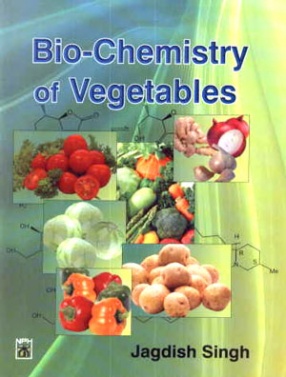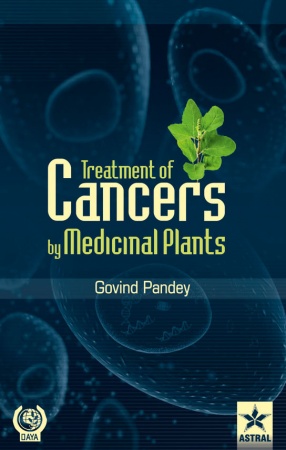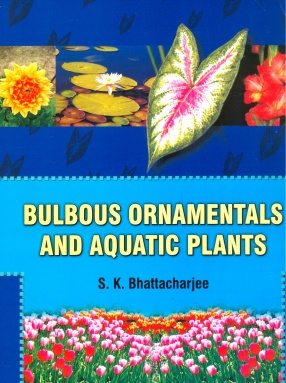Biochemistry of Vegetables: Nutritional, Medicinal and Therapeutic Properties
This book is a comprehensive compendium of information on nutritional as well as therapeutic importance of vegetables. Vegetables are excellent source of nutrients such as protein, vitamins, minerals and fiber as well as non-nutrient phytochemicals. Since 1990s a number of epidemiological studies have been carried out attempting to correlate high dietary phytochemical intake, through the consumption of vegetables, with reduced risk of degenerative diseases. Many, but not all of these studies have indicated some degree of inverse associations between high phytochemical intake and reduction of degenerative diseases. Accumulating evidence now also indicate the importance of interactions between various phytochemicals in reducing the risk of various degenerative diseases. In particular, their antioxidant properties have been the objective of extensive research. The cellular antioxidant status and its role in fighting progression of certain disease processes associated with oxidative stress have gained potential therapeutic significance in view of the beneficial effects of free radical scavenging antioxidants. Likewise, epidemiological studies emphasize the relevance of antioxidant vitamins and nutrients in health issues and/or prevention of chronic and degenerative diseases of aging. Many epidemiological studies suggest a role for cruciferous vegetables in prevention of cancers. In particular, broccoli consumption has been associated with decreased incidence of cancers of the lung, colon, and prostate.
This book highlights new fundamental studies on vegetable derived antioxidants viz., vitamins E and C, carotenoids, flavonoids and other polyphenols in vegetables. It offers a comprehensive review of new research findings and provides information focused on vegetables and their potential benefits for human health. This book will serve as a critical reference book by providing a deeper understanding of the role of phytochemicals in vegetables and their biochemical properties in promoting human health. The information in this book is primarily for reference and education.
Get it now and save 10%
BECOME A MEMBER











Bibliographic information